Retro Replay Review
Gameplay
Waxworks builds on the foundations of classic interactive fiction by immersing you in a richly detailed environment where every object and choice matters. The streamlined parser, which now accepts complete sentences rather than the restrictive two-word commands of earlier Scott Adams titles, makes exploration feel more natural and intuitive. This shift allows you to interact with the game world in a conversational manner, typing commands like “examine cracked mirror” or “give candle to ghost,” which greatly reduces the frustration of trial‐and‐error verb guessing.
The puzzle design strikes a careful balance between logical challenge and atmospheric flair. You’ll need to piece together clues from cryptic wax figures, hidden notes, and eerie waxworks displays to progress through each room. While some puzzles can be fiendishly tricky—such as deducing the correct sequence of lighting lanterns or transporting phantom artifacts—the game generally provides enough environmental hints to guide those willing to think laterally.
Exploration feels rewarding, as each area of the wax museum reveals new secrets and pitfalls. From the cobwebbed corridors to the grand waxwork gallery, every location is packed with interactive hotspots. The option to backtrack freely also encourages thorough investigation: you might overhear a whispered hint in one hall that suddenly makes sense in another room. This non‐linear flow keeps you on your toes and enhances replay value for those determined to uncover every hidden ending.
Graphics
As a text‐based adventure, Waxworks relies primarily on descriptive prose rather than visual imagery, but the writing is vivid enough to paint unsettling scenes in your mind’s eye. Detailed descriptions of gleaming wax figures, the chill of drafty display rooms, and the flicker of candlelight effectively conjure a haunted museum atmosphere. The game’s minimalistic approach encourages you to become the artist, filling in gaps with your imagination.
That said, the packaging and any accompanying illustrations included with the original release add a layer of charm. The cover art depicts a foreboding waxwork mannequin bathed in moonlight, instantly setting a tone of uncanny suspense before you even start typing commands. Supplementary maps and tactile paraphernalia—if you can find a collector’s edition—provide delightful context that enhances immersion.
While there are no on‐screen graphics to speak of, the real magic lies in the way the text description evokes both beauty and horror. The haunting details of cracked porcelain faces and the eerie symmetry of wax dummies are so well written that you’ll almost hear the distant creak of wax shifting. In an era before high‐definition visuals, Waxworks proves that atmosphere and imagination can be just as powerful as pixels on a screen.
Story
Waxworks opens with a deceptively tranquil frame: you return from the local fair feeling tired and decide to take a nap in the museum’s deserted display hall. When you awaken, the waxworks have somehow come to life and trapped you within their stony embrace. Is this a dream? A supernatural trap? Or a cunning puzzle laid by an unseen curator? The game masterfully sustains this question, weaving a narrative that keeps you guessing until the final gruesome reveal.
The high point of the narrative is the variety of wax figures you encounter, each with its own backstory hinted at through plaques, diaries, and subtle environmental cues. From a headless knight and a weeping Victorian lady to a menacing surgeon with an obsidian scalpel, each diorama feels like a chapter in a grand gothic anthology. Uncovering the tragic histories behind these figures provides both context for the puzzles and a deeper emotional connection to the world.
As you delve further, the line between reality and nightmare blurs. The game sprinkles in surreal touches—a ghostly whisper echoing through marble halls, or the sensation of cold wax seeping into your bones—that heighten the tension. By the time you face the final riddle, the story has built up enough dread and curiosity to drive you onward, eager to see whether you’re escaping a macabre exhibition or merely slipping further into madness.
Overall Experience
Waxworks stands as a fitting finale to the Mysterious Adventures series, showcasing the evolution of interactive fiction at a time when parsers were becoming more sophisticated. Its improved sentence‐based input makes the game accessible to newcomers, while the intricate puzzles and atmospheric writing satisfy seasoned adventurers. Even decades after its release, it remains a testament to the power of words and imagination in crafting unforgettable gaming experiences.
For fans of text adventures and horror aficionados alike, Waxworks offers a satisfying blend of cerebral challenge and spine‐tingling suspense. The balance of fair puzzles and evocative descriptions ensures that the game never feels unfairly obtuse, yet it never shies away from moments of genuine unease. Loading the game today is akin to opening a dusty tome in a forgotten crypt—you’re drawn in by curiosity and compelled to see how it ends.
While modern gamers accustomed to flashy graphics and real‐time action might find the pace deliberate, there’s a timeless allure to Waxworks’ measured storytelling and methodical puzzle‐solving. If you’re seeking an interactive journey that rewards patience, sharp observation, and a taste for the uncanny, this final chapter of the Mysterious Adventures series still casts a powerful spell. Slip into the wax‐coated corridors, and prepare to lose—and perhaps save—yourself in the dreamlike maze that awaits.
 Retro Replay Retro Replay gaming reviews, news, emulation, geek stuff and more!
Retro Replay Retro Replay gaming reviews, news, emulation, geek stuff and more!

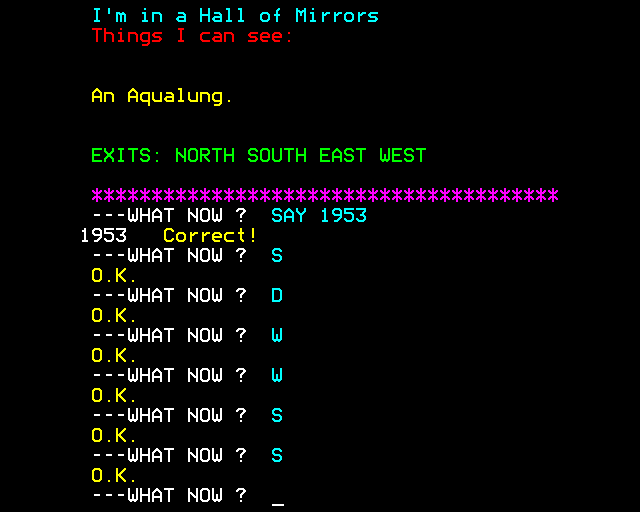
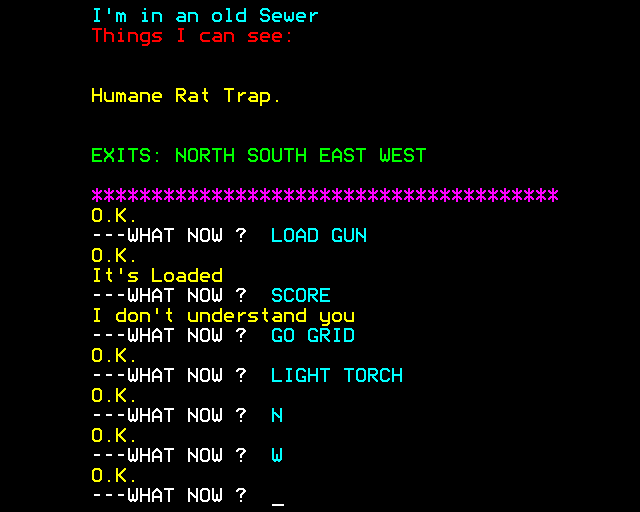
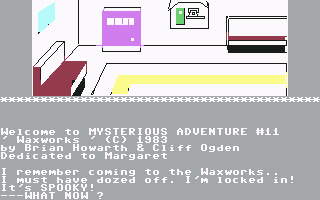
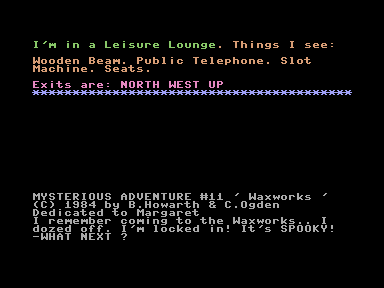
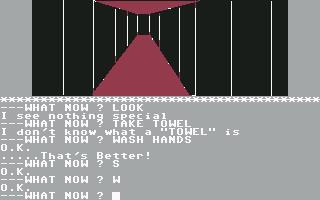



Reviews
There are no reviews yet.